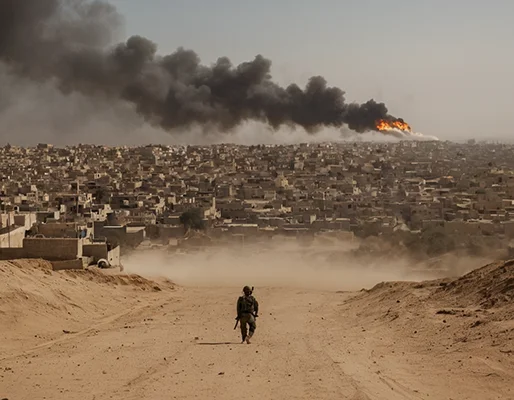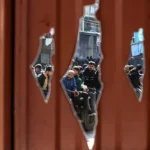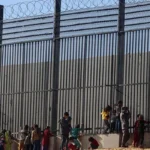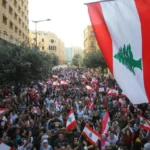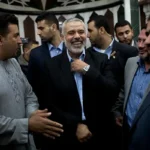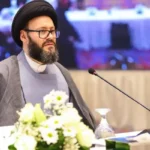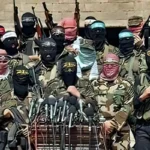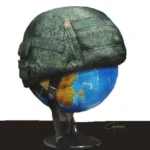Explore the complexities of the Israel-Hamas conflict, the challenges of post-war Gaza, and potential solutions for lasting peace. Understand the importance of effective governance and the role of international intervention in resolving the conflict.
In the ongoing conflict between Israel and Hamas, the Israeli Defense Forces (IDF) have demonstrated their effectiveness and made strategic decisions to achieve their objectives. However, the question of whether evil will prevail in this war remains uncertain. While Israel has been able to inflict significant damage on Hamas, completely eradicating the organization is a daunting task. This article will delve into the complexities of the conflict, explore the challenges of post-war Gaza, and evaluate potential solutions for a lasting peace.
The Tactical Success and Strategic Challenge
At the tactical level, the IDF has proven its capabilities in ground operations against Hamas. Despite their efforts, completely eliminating a locally-rooted, well-armed, and well-organized terrorist organization like Hamas is an arduous undertaking. The group’s deep roots in Gaza and external sources of funding make it difficult to eradicate entirely. While the IDF has made progress in northern Gaza, the southern region poses a more significant challenge due to its dense civilian population. Even without international pressure to cease the fighting, remnants of Hamas are likely to persist, potentially forming an insurgency that could disrupt any attempts at governance.
It will take much longer in the south. But no matter how long this continues… there will always be a redoubt of Hamas members, perhaps including its senior leadership, that will elude the IDF for months, perhaps years.
The Importance of the “Next Day”
While tactical victories are crucial, the focus must shift to the aftermath of the military operation. The true measure of success lies in creating a restored Gaza without Hamas. The image of victory should not be solely defined by the number of Hamas casualties but by the establishment of a viable alternative to terrorism. A Gaza governed by a decent, functioning, and economically viable entity would deal a significant blow to the Iran-led axis and provide a model for other moderate Arab states. However, the question of who will govern Gaza after the conflict remains critical and holds the key to a sustainable peace.
The real victory in this war is a restored Gaza without Hamas… If Hamas is replaced by a decent, functioning, economically viable Gaza, it will demonstrate a viable alternative to terror.
The Challenge of Governance
Potential options for governing Gaza include the Palestinian Authority (PA) and international peacekeeping forces. However, both options present challenges. The PA is marred by corruption, ineffectiveness, and unpopularity, making it an unlikely candidate for effectively managing Gaza. Additionally, the PA’s ability to ensure border security is questionable, rendering it untrustworthy for Israel. On the other hand, international peacekeeping forces, while theoretically viable, are unlikely to be deployed due to the reluctance of countries to involve themselves in the complexities of the Gaza conflict.
An often-discussed option for who can govern the Gaza Strip is the Palestinian Authority (especially talked about by proponents of the utopian “Oslo peace process”), which is corrupt, ineffective, deeply unpopular and has great difficulty even managing the West Bank.

The Possibility of International Intervention
While international peacekeeping forces may be an ideal solution in theory, history has shown the challenges and risks associated with such interventions. The United States’ experience in Lebanon during the early 1980s and Saudi Arabia’s recent involvement in Yemen serve as cautionary tales. The complexities and potential dangers of the Gaza conflict make it unlikely that any country would willingly send its troops into the quagmire. Therefore, a long-term Israeli military occupation of Gaza seems to be the most probable scenario, accompanied by a growing local insurgency fueled by Hamas and financed by Iran.
This leaves the most likely scenario: a long-term Israeli military occupation of the Gaza Strip for years (perhaps a decade or two) accompanied by a growing local insurgency led by Hamas and financed by Iran.
The Burden of Occupation
An Israeli military occupation of Gaza would come with immense responsibilities beyond security. The occupying forces would need to manage utilities, sanitation, education, and local government. However, if Arab countries participating in the Abraham Accords could assist in shouldering some of these responsibilities, it would be a significant achievement. Cooperation from Arab nations could help alleviate the burden on Israel and contribute to the restoration of a functional Gaza.
If some of these responsibilities can be assumed (and financed) by the Arab countries participating in the Abraham Accords, this will be an important achievement.
Long-Term Implications
Looking towards the future, there are concerns about the lasting impact of the conflict. The union of Israel and Gaza seems unlikely given the current circumstances. The occupation of Gaza by Israel, coupled with the insurgency led by Hamas, could perpetuate a cycle of violence and instability in the region. It is crucial to explore alternative paths towards a peaceful resolution, as the continued conflict has far-reaching consequences for both Israelis and Palestinians.
Finally, there is long-term bad news. They concern the union of Israel…
Conclusion
The ongoing conflict between Israel and Hamas poses significant challenges and uncertainties. The key to achieving a lasting peace lies in creating a viable alternative to terrorism and effectively governing Gaza. While international intervention may seem ideal, historical precedents and the complexities of the conflict make it improbable. A long-term Israeli military occupation accompanied by a local insurgency appears to be the most likely scenario. However, with cooperation from Arab nations, the burden of occupation could be shared, leading to a functional and restored Gaza.
The path to peace is arduous, but it is crucial to seek alternatives and work towards a future that benefits both Israelis and Palestinians.


